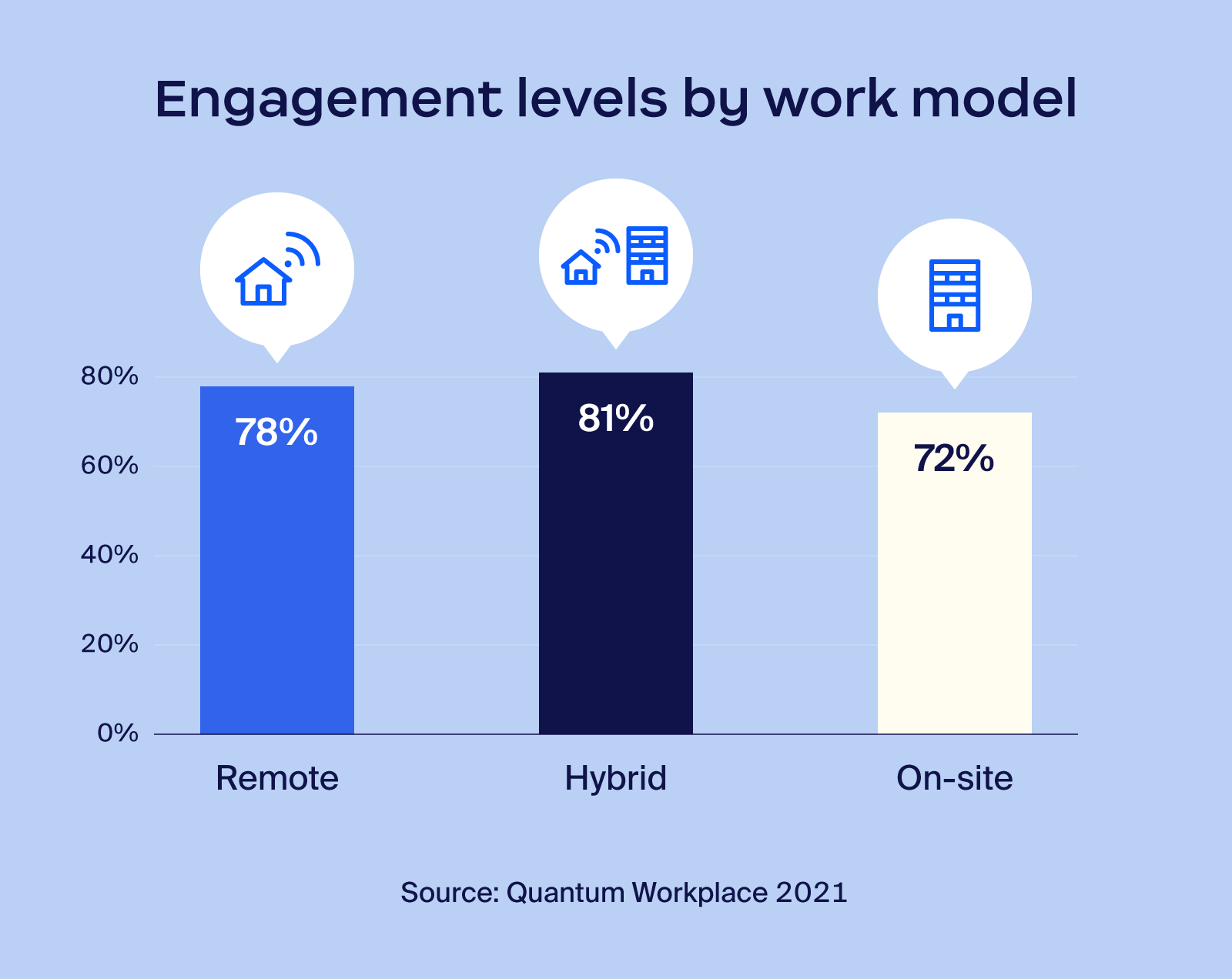Cost Savings from Reducing Office Space in Hybrid Work Models
Understanding Cost Savings from Downsizing Office Space
Overview of Hybrid Work Models and Their Popularity
Hybrid work models have surged in popularity. They blend in-office and remote work, offering flexibility that many employees crave. A Gartner survey predicts that 39% of the global workforce will work hybrid by the end of 2023.
This shift is driven by the desire for a better work-life balance. It also allows companies to tap into a wider talent pool.
The Financial Implications of Reducing Office Footprint
Reducing office space can lead to significant cost savings. Companies can downsize their offices, leading to lower rent and utility costs. This is especially true as office occupancy rates are still around 40%.

The financial benefits extend beyond rent. They include reduced spending on office supplies, maintenance, and other overhead costs.
Key Factors Contributing to Cost Savings
Several factors contribute to these savings. Lower office occupancy means less need for large spaces. Implementing a 0.3 to 0.7 desk-to-employee ratio can further reduce costs, as suggested by data from over 100,000 employees using hybrid models.
Technology plays a crucial role. Tools like desk booking software enable efficient space management, ensuring that resources are used optimally.
Benefits of Hybrid Workspaces for Cost Reduction
Direct Financial Savings: Rent and Utilities
The most immediate benefit is the reduction in rent. Downsizing from 10,000 sq ft to 5,000 sq ft can halve rental costs, as highlighted by Dale Office Interiors. Utility bills also decrease, with potential savings of over 35% by adopting a hybrid model.

For example, a company with 200 people can save over one million dollars annually. These savings come from productivity gains and reduced commute-associated costs.
Indirect Savings: Reduced Commuting and Increased Productivity
Reduced commuting is a major advantage. Employees save time and money, which can boost morale and productivity. Studies show that remote workers spend about half their commuting time actually working, adding up to seven extra days of productivity per year for a halftime remote worker.
Increased productivity is another key benefit. Fewer interruptions and more focused work time can lead to better performance.
The Role of Technology in Enhancing Cost Efficiency
Technology is essential for managing hybrid workspaces. Desk booking systems and space management software help optimize space utilization. They also provide data-driven insights for better decision-making.
These tools help companies adapt to changing work patterns. They ensure that the office environment supports both in-person and remote work effectively.
Calculating Savings from Downsizing Office Space
Metrics for Assessing Office Space Utilization
Assessing office space utilization is crucial. Metrics like average occupancy rates and desk-to-employee ratios provide valuable insights. Analyzing these metrics helps companies understand their actual space needs.

Workplace analytics tools, like those offered by deskbird, offer detailed data. They show which parts of the office are used most and when.
Employee-to-Desk Ratio: Finding the Right Balance
Finding the right employee-to-desk ratio is key. A ratio between 0.3 and 0.7 is often ideal for hybrid models. This balance ensures that there are enough desks for those who need them without excessive unused space.
Office hoteling and hot desking can help achieve this balance. These strategies optimize space usage and reduce costs.
Case Studies: Real-World Examples of Cost Savings
Real-world examples highlight the potential savings. Companies adopting hybrid models have reported significant reductions in real estate costs. For instance, implementing a hybrid work model can save up to 40% of office costs.
These case studies show that downsizing and optimizing office space can lead to substantial financial benefits. They also demonstrate the importance of strategic planning and technology in achieving these savings.
Impact of Remote Work on Office Expenses
Changes in Employee Behavior and Office Usage
Remote work significantly alters how employees use office spaces. With fewer people in the office daily, the demand for traditional workspaces decreases. Meeting rooms and collaborative spaces become more important than individual desks.
This shift requires a rethink of office design. It also impacts how companies manage their facilities.
Analyzing the Long-Term Financial Benefits of Remote Work
Long-term financial benefits of remote work are substantial. Companies can reduce their real estate footprint, leading to lower rent and operational costs. According to OfficerND, a hybrid work model can save a stunning 40% of office space costs.

Additionally, remote work can lead to higher employee retention rates. This reduces recruitment and training costs.
Environmental Considerations and Cost Savings
Remote work also has environmental benefits. Fewer commuters mean reduced carbon emissions. Smaller office spaces consume less energy, contributing to sustainability goals.
These environmental benefits can also translate into cost savings. Companies may qualify for green incentives or reduce expenses related to environmental regulations.
Strategies for Optimizing Office Space in Hybrid Environments
Implementing Desk Hoteling and Flex Space Solutions
Desk hoteling and flex space solutions are vital for hybrid environments. Desk hoteling allows employees to reserve desks as needed, optimizing space utilization. Flex spaces can be adapted for various purposes, from individual work to team meetings.
These solutions ensure that the office can accommodate fluctuating numbers of in-office employees. They also support different work styles and needs.
Utilizing Technology for Space Management and Occupancy Tracking
Technology plays a crucial role in managing hybrid workspaces. Space management software, like that offered by Eptura, provides real-time data on desk and space reservations. Occupancy tracking tools help monitor how spaces are used over time.
These insights enable companies to make informed decisions about their space needs. They also facilitate efficient use of resources.
Rethinking Office Design to Maximize Collaboration and Efficiency
Office design must evolve to support hybrid work. Collaborative spaces should be prioritized, with areas for team meetings and brainstorming sessions. Quiet zones for focused work are also essential.

Technology integration is key. Meeting rooms should be equipped with video conferencing tools to connect in-office and remote team members. Using desk booking software can also enhance productivity by allowing employees to reserve desks equipped with the right technology.
Conclusion and Future Outlook on Office Space Management
Predictions for Hybrid Work Trends and Office Space Needs
Hybrid work is here to stay. Many employees prefer hybrid or remote work, citing cost savings and better work-life balance as major benefits. Companies will continue to adapt their office spaces to meet these evolving needs.
The trend towards smaller, more flexible offices will likely accelerate. Technology will play an increasingly important role in managing these spaces efficiently.
The Evolving Role of the Office in Business Strategies
The office's role is changing. It is becoming a hub for collaboration, innovation, and company culture. Businesses will need to rethink their office strategies to support these functions.
Investing in the right technology and design will be crucial. Companies that successfully adapt to hybrid work will reap the benefits of cost savings, increased productivity, and higher employee satisfaction. You can learn more about how hybrid work models are shaping employee productivity on our blog.
Key Takeaways:
- Hybrid work models significantly reduce office costs by enabling companies to downsize their office space.
- Technology like desk booking and space management software is crucial for optimizing hybrid workspaces.
- Reduced commuting and increased productivity are key benefits of hybrid work, contributing to overall cost savings.
- The right employee-to-desk ratio and flexible space solutions help maximize office utilization.
- The future of office space management involves adapting to hybrid work trends and prioritizing collaboration and efficiency.